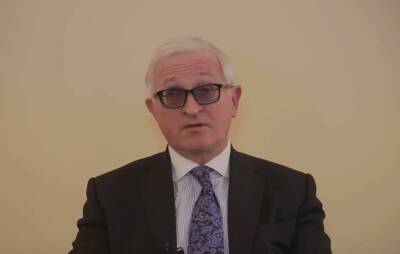Stream big: how Netflix changed the TV landscape in 10 years
“I’m a brand new guy over here,” said “Little” Steven Van Zandt in the first episode of Lilyhammer, back in January 2012. He wasn’t that new: Van Zandt was basically reprising the New Jersey mobster persona he’d successfully deployed for nearly a decade in The Sopranos. After ratting out his associates, his new character, Frank “the Fixer” Tagliano, had to begin a new life – in Lillehammer, Norway. The sleepy, snowy town didn’t know what was about to hit it. The same could be said for us: Lilyhammer was Netflix’s first original series.
Ten years on, our entertainment landscape is almost unrecognisable. Netflix has changed what we watch and the way we watch it. It has successfully reorganised traditional broadcast television and theatrical cinema models and put itself at the centre, growing from 24 million subscribers in 2012 to 214 million this year. It is available in more than 190 countries (Netflix UK launched the same month as Lilyhammer). It has created more than 1,500 original series, including planet-straddlingly massive shows such as Stranger Things and Bridgerton. In 2021 alone it released over 150 original movies – three per week. Its competitors have been playing catchup ever since. So how did it take over entertainment in just 10 years?
Lilyhammer was not exactly a smash hit, even if an estimated 20% of Norway’s population watched it. But the show marked the streamer’s first tentative step into making its own content, in partnership with the Norwegian broadcaster NRK1. By this stage Netflix had seen the writing on the wall. It had successfully transitioned from a mail-order DVD service to delivering content directly to consumers over the internet. This had always been the plan: the clue was in the name. But its
Read more on theguardian.com























